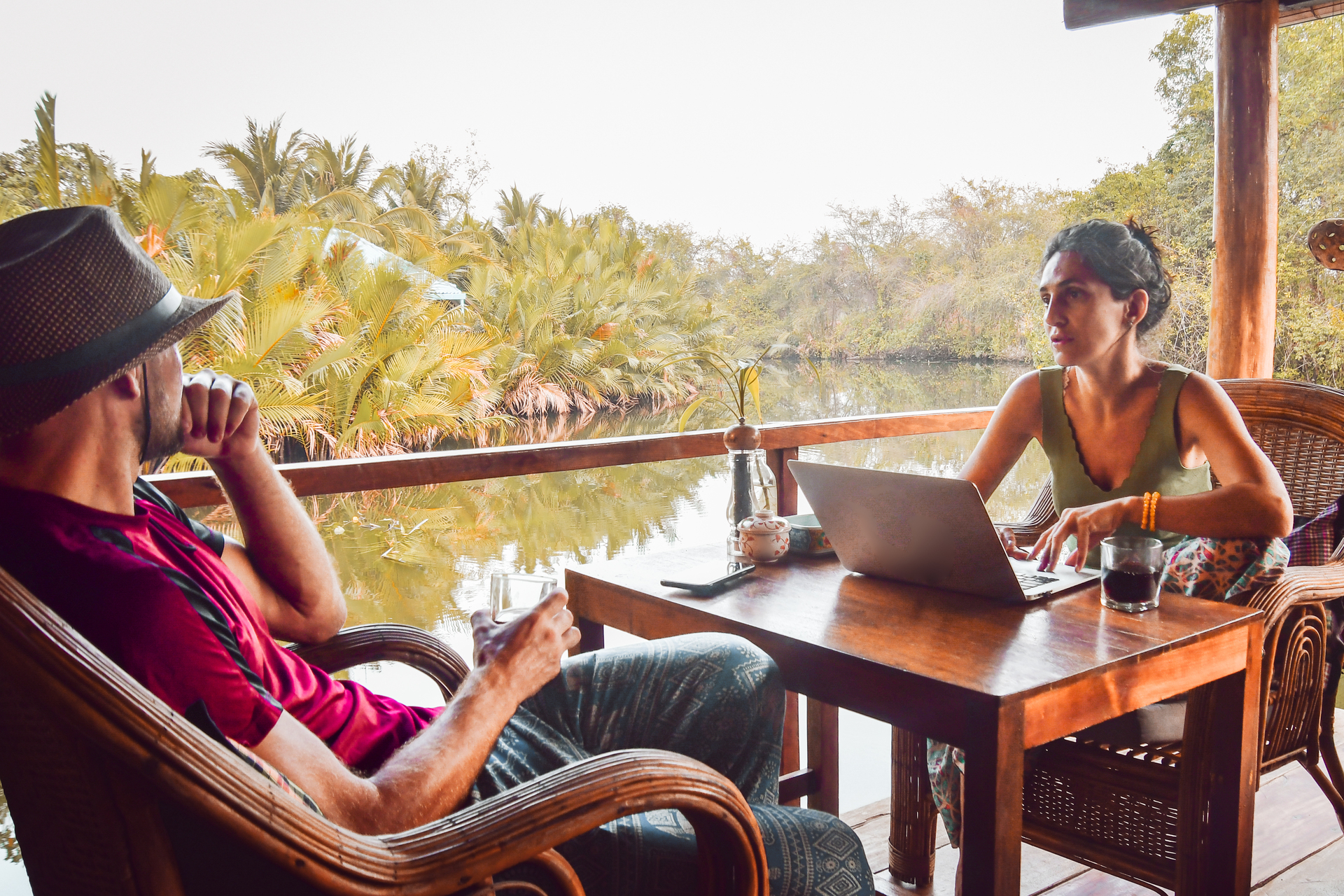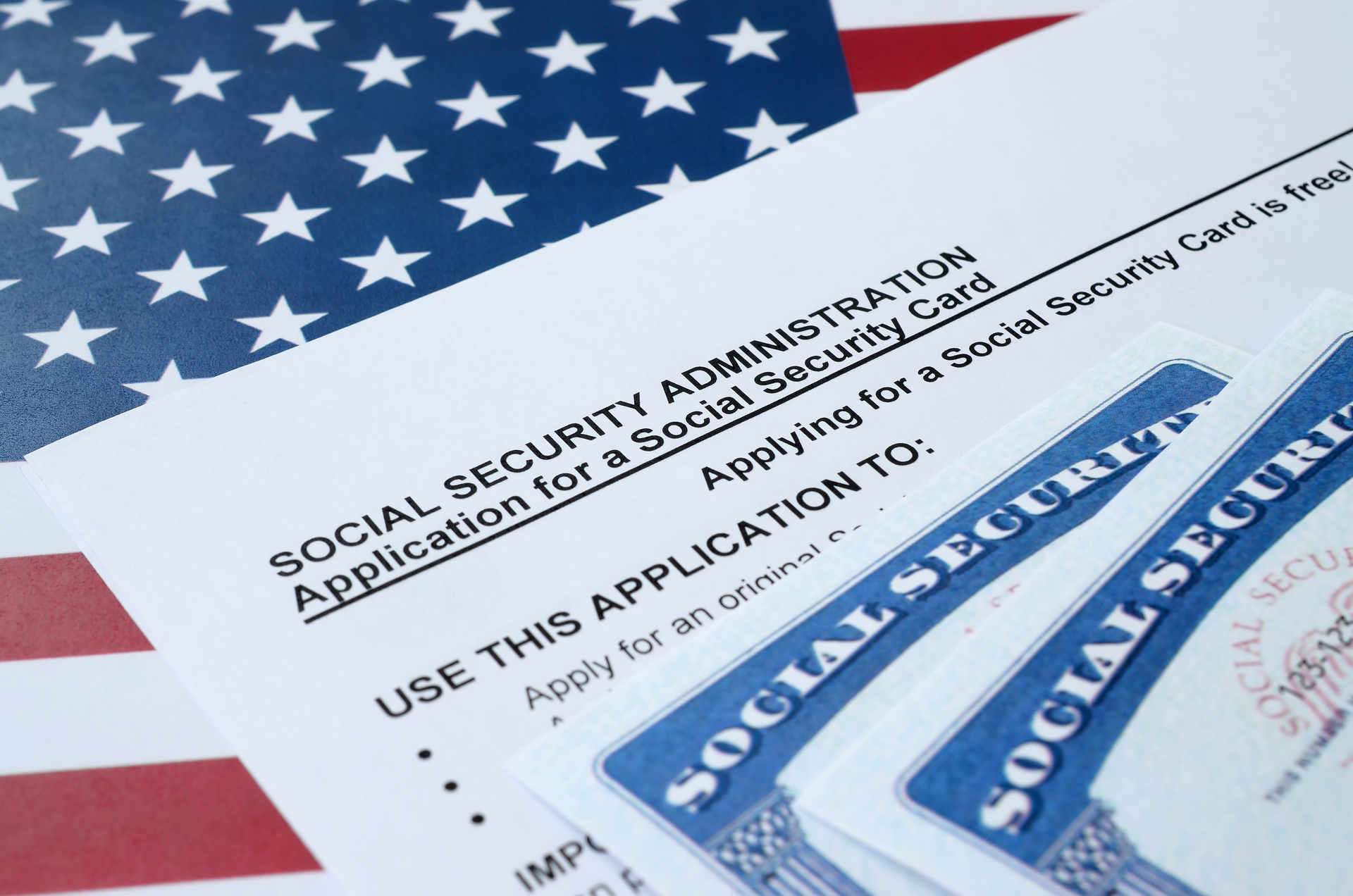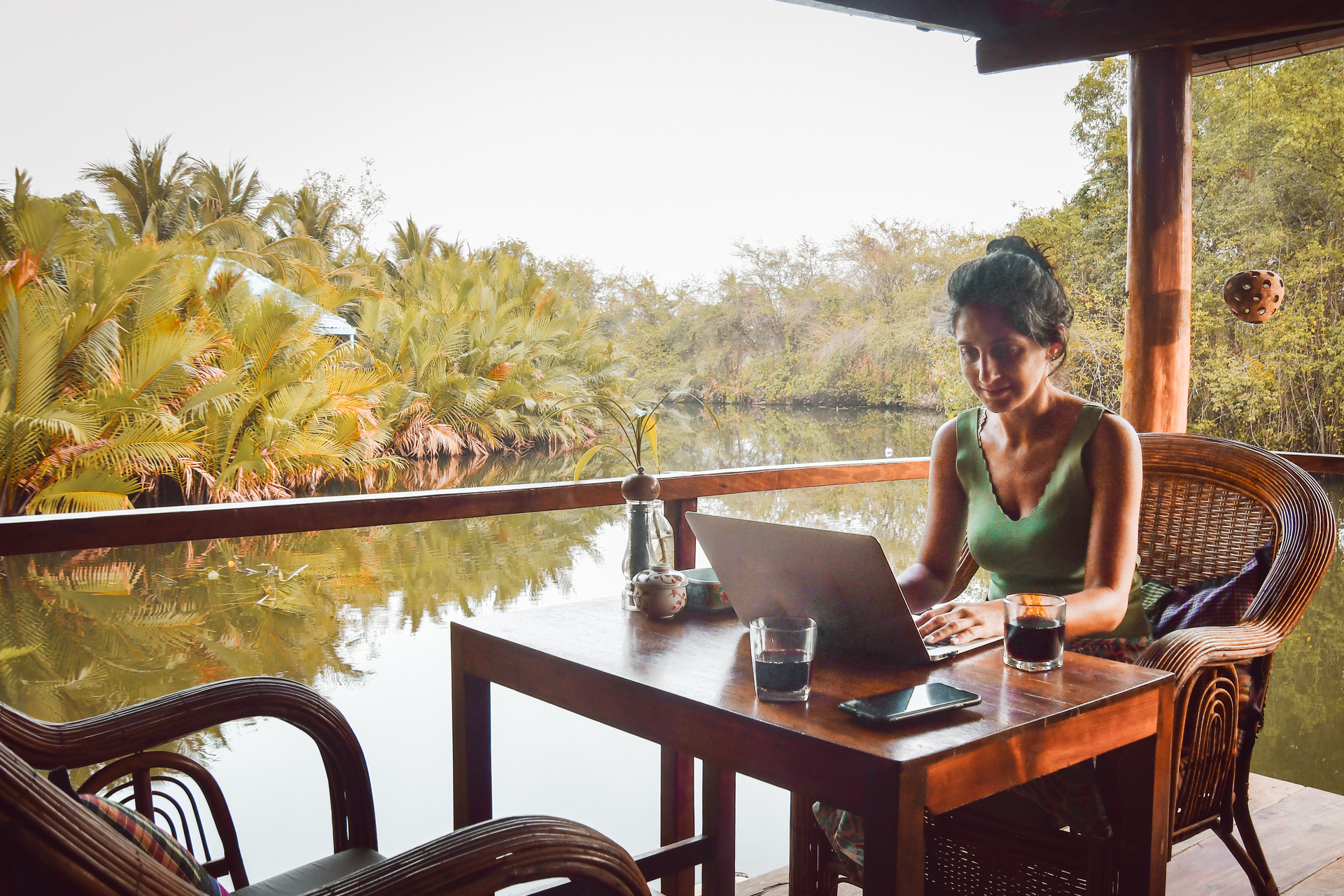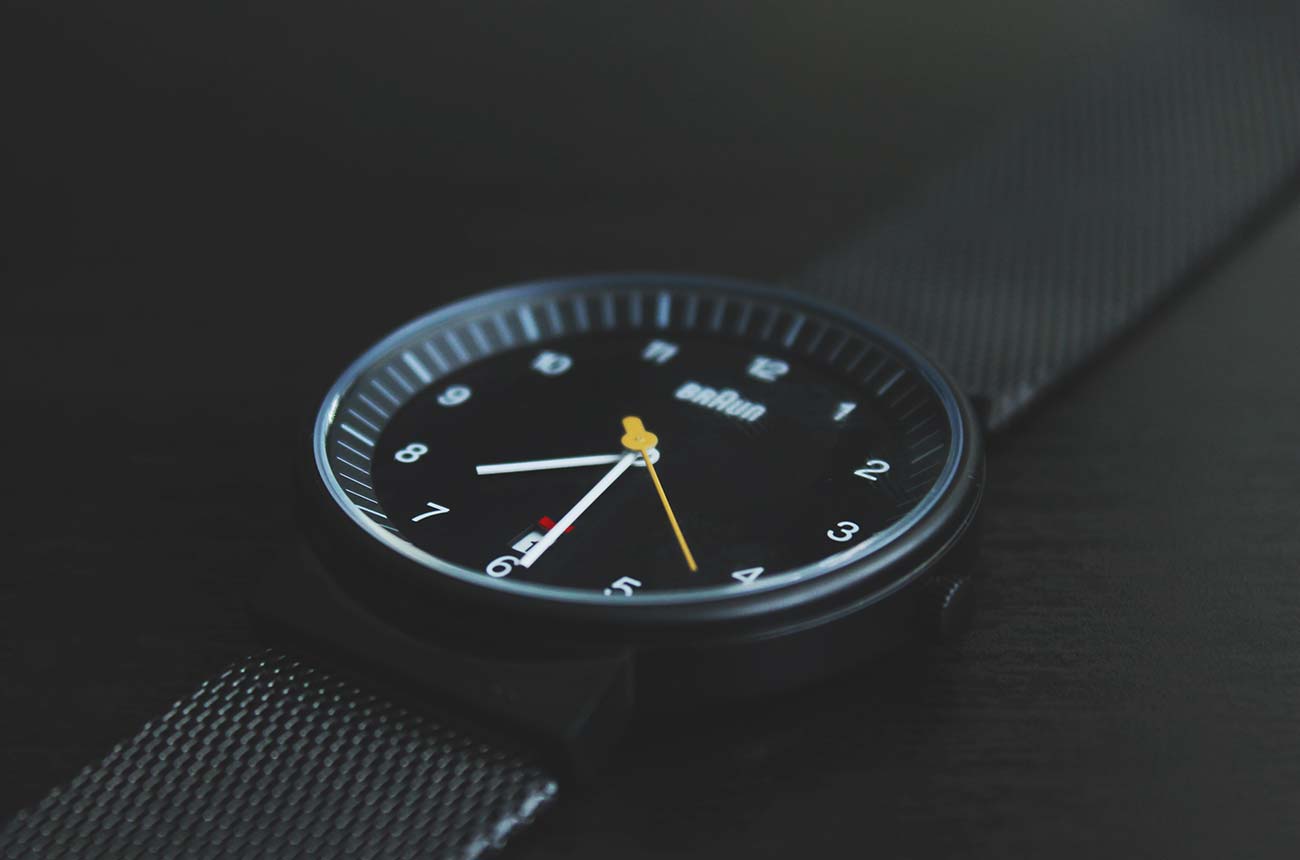
You’ve packed your scrubs, booked the flight, and said goodbye to night shifts that end in an icy U.S. parking lot. Now you’re stepping into life as a nurse in Australia — and it might just be the best decision you’ve ever made.
Licensing Through AHPRA: Familiar, Not Foreign
To practice as a nurse in Australia, you’ll register with the Nursing and Midwifery Board of Australia (NMBA) via the Australian Health Practitioner Regulation Agency (AHPRA). If that sounds intimidating, it’s not as bad as it looks — the process is detailed, but it builds on the qualifications and experience you already have from the U.S.
Here’s what it involves:
- Eligibility check – AHPRA will confirm that your U.S. degree and license are equivalent to an Australian nursing qualification. Most accredited U.S. programs meet this bar.
- English proficiency – If your nursing education and practice were in English, this usually satisfies the requirement, though some applicants still need to provide test scores.
- Application & documents – You’ll submit transcripts, proof of identity, verification of your U.S. license, and evidence of recent practice.
- Credential verification – This is done through CGFNS (Commission on Graduates of Foreign Nursing Schools), which communicates directly with AHPRA.
- Experience requirement – As of 2025, nurses from “comparable jurisdictions” (including the U.S.) can qualify for streamlined registration if they’ve practiced at least 1,800 hours in the past 12 months.
- Outcome – If everything checks out, you’ll be registered to work in Australia. In some cases, AHPRA may require a short bridging program or orientation, but many U.S. nurses can now transition directly under the new system.
Check it out here: https://www.ahpra.gov.au/Registration/International-practitioners.aspx
The big takeaway? You’re not starting from scratch. The system recognizes your U.S. credentials and experience.
A Healthcare System Built on Access
You’ve seen how billing and insurance can complicate patient care in the U.S. Australia runs differently. The country has a universal coverage system, Medicare, funded partly by a 2% Medicare levy on taxable income.
For permanent residents and citizens, this means patients have access to affordable care, and nurses can focus more on treatment than paperwork. If you’re on a temporary visa, you may need private coverage until you qualify for Medicare — but either way, you’re stepping into a system where financial barriers aren’t the first hurdle for patients.
Work-Life Balance That Actually Exists
Forget the culture of back-to-back 12-hour shifts and being guilted into overtime. In Australia, the nursing profession puts more emphasis on balance. Scheduling is still demanding, but there’s greater respect for rest, reasonable hours, and using your leave.
And when you do clock out, your “time off” is surrounded by beaches, coastal walks, and sunshine. That’s a very different recovery environment than a freezing hospital parking lot.
Superannuation: A Built-In Retirement Boost
One major perk? Superannuation (or “super”). It’s Australia’s retirement savings plan, and by law, your employer contributes to it.
- As of July 2024, the contribution rate is 11.5% of your regular earnings.
- By July 2025, it will reach 12%.
That’s on top of your salary — automatic retirement savings that most U.S. hospitals don’t come close to offering.
Taxes: A Quick Reality Check
Yes, if you’re a U.S. citizen, the IRS still wants to hear from you each year. You’ll need to file a U.S. tax return reporting worldwide income.
The good news: with tools like the Foreign Earned Income Exclusion (FEIE) and the Foreign Tax Credit (FTC), most American nurses don’t end up double-taxed. It’s extra paperwork, not extra tax. Handle it right, and you keep more of your paycheck.
Adjusting to Life Down Under
Here’s what makes the move worth it beyond the job:
- Coffee culture – You’ll swap gas station drip for “flat whites” and “long blacks.”
- Colleagues who mean it when they say ‘no worries.’
- Sunshine – More than 230 days a year in many cities.
- Outdoor lifestyle – Beaches, bushwalks, and barbecues aren’t weekend exceptions; they’re the norm.
It’s the same career you’ve built in the U.S., but set in a culture that takes balance seriously.
Bottom Line
Moving to Australia as a nurse doesn’t mean starting over. It means taking the skills you’ve built in the U.S. and transferring them into a system that recognizes your qualifications, supports your retirement, and values your work-life balance.
With AHPRA’s new streamlined process, superannuation boosting your future, and a healthcare system where patients actually get access, you’re set up for both professional and personal success.
It’s the same career you’ve worked hard for — just with more sun, more support, and a whole lot more life outside the hospital walls.
Stay Ahead of Tax Season
Join the EdgeLetter our monthly newsletter with quick tax tips, expat deadlines, and freelancer reminders.
.png)
.png)


























.png)